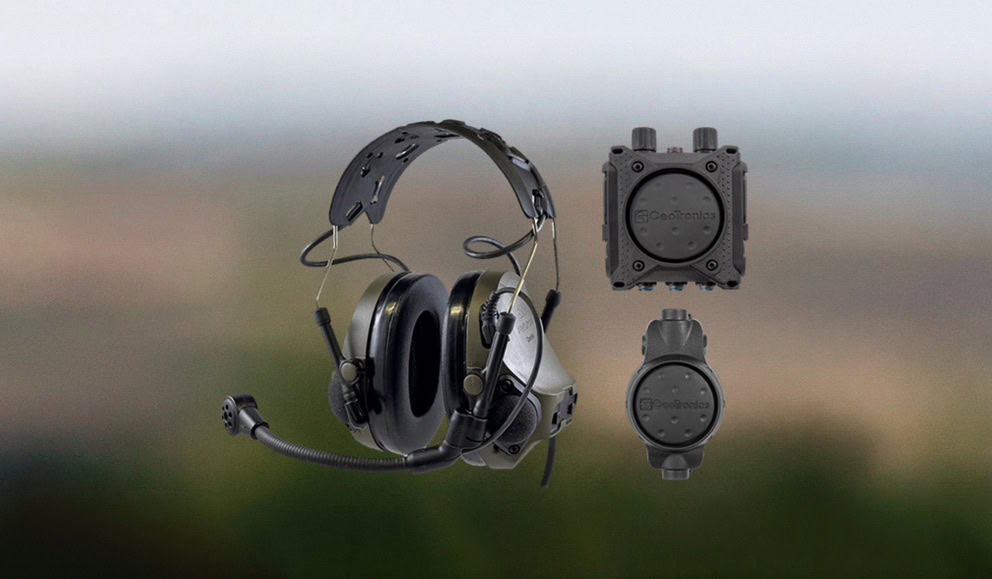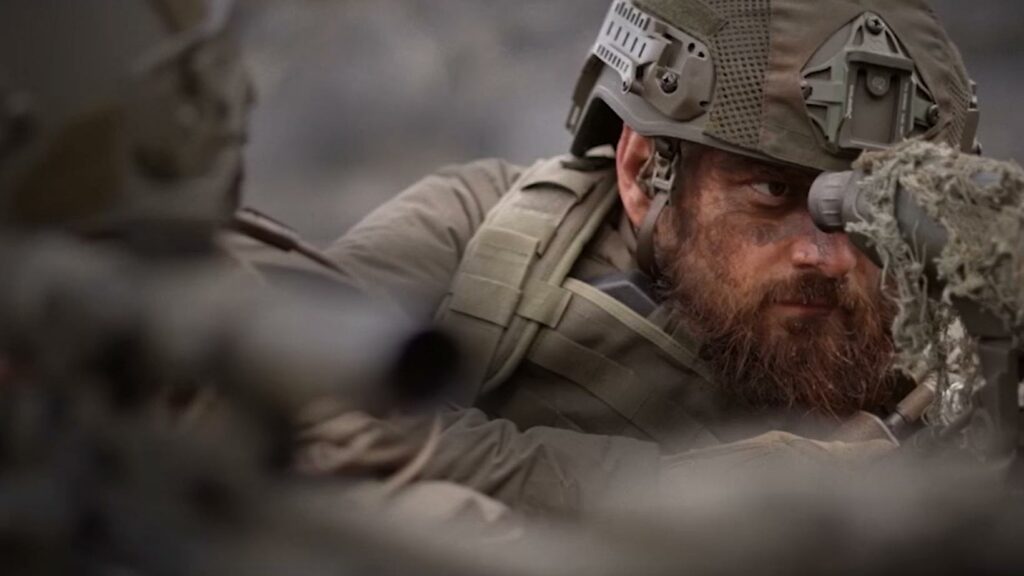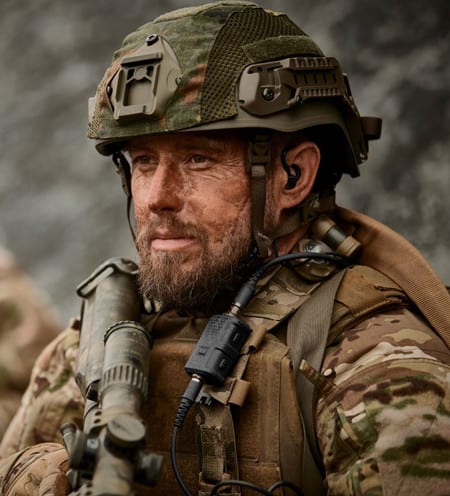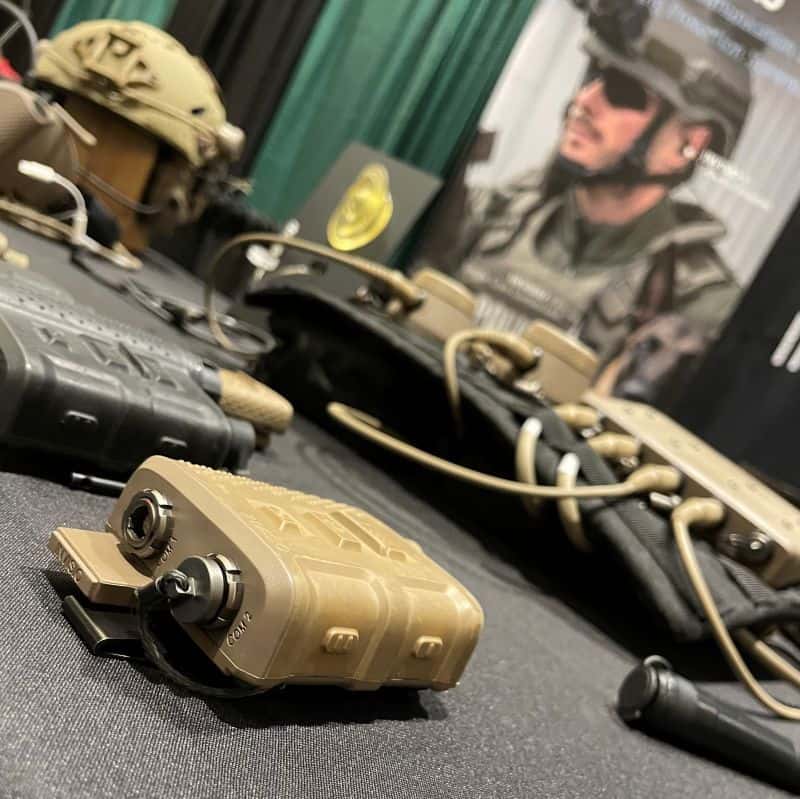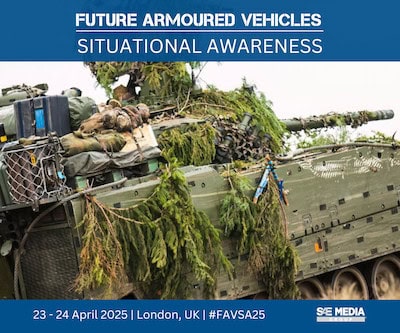Given radio’s indispensability to military operations it is no surprise that headsets are a sine qua non. At their most basic level headsets let an operator use their radio or intercom mainly hands free. They may still need to operate a push-to-talk switch if using simplex or duplex voice communications. Simplex has the transmitting radio (Tx) and receiving radio (Rx) using the same frequency. This means the two radios cannot simultaneously send and receive traffic between them. Duplex allows the Tx and Rx radios to send and receive traffic simultaneously. Some military radios are designed to be handheld systems. These can often be connected to a headset ensuring largely handsfree communications.
Hearing Damage
Communications headsets must deal with the reality of military day-to-day life, the chief consideration being ambient noise. Aircraft, vehicles and warships are all noisy places. A headset’s earphones let the user hear voice traffic clearly above ambient noise. This is imperative to ensure that orders or situation reports are not misheard or misunderstood. Excluding as much background noise as possible helps the user concentrate. It may also help prevent long-term hearing damage.
To give an idea of the severity of noise in the military, an ambulance siren can reach noise levels of 85 decibels/dB. A grenade exploding at 15-metres’ (49-feet’) range can reach 164dB with heavy artillery fire generating levels of 185dB. The US Centre for Disease Control and Prevention says that prolonged exposure to noise levels over 70dB can trigger hearing damage. Sound over 120dB can cause immediate damage.
Nonetheless, some personnel must hear a degree of ambient noise. Troops in contact at the tactical edge will need to hear orders shouted from their commanders above the noise. They may also need to hear calls from their comrades for medical assistance. Some headsets for dismounted troops are configured to ensure that wearers hear enough of their environment without their hearing being damaged. Noise management systems help this. These use microphones mounted on the headset which feed the sound of the local environment into the earphones. The microphones are linked to a processor which will have thresholds where sounds eclipsing a safe limit are rendered harmless by deadening them. The wearer still hears a nearby explosion potentially endangering them or their comrades but does so at a safe volume.
Headsets will include inbuilt microphones of varying designs. These are discussed in more detail in a separate entry. Systems used by personnel in all domains must also be rugged to deal with environmental demands. Apparatus used by dismounted troops must be waterproof and shockproof, as will headsets used in warships, submarines and vehicles.
Future developments
Alternative designs like bone conduction headsets have appeared in recent years. These leave ears uncovered but play vibrations through the skull reproduced by the inner ear. Bone conduction headsets leave the ears uncovered letting the user hear ambient sound in their locale. However, they offer no hearing protection against harmful noise.
Damage to hearing is a key lesson learned from conflicts over the past 30 years. In 2016 alone, over one million US veterans were awarded disability compensation for hearing loss. The American Academy of Audiology noted that 1.6 million veterans were compensated for tinnitus that same year. Hearing protection is vital for post-service life and essential for battlefield survival. As a result, research and development into increasingly sophisticated military headsets can be expected in the future.





